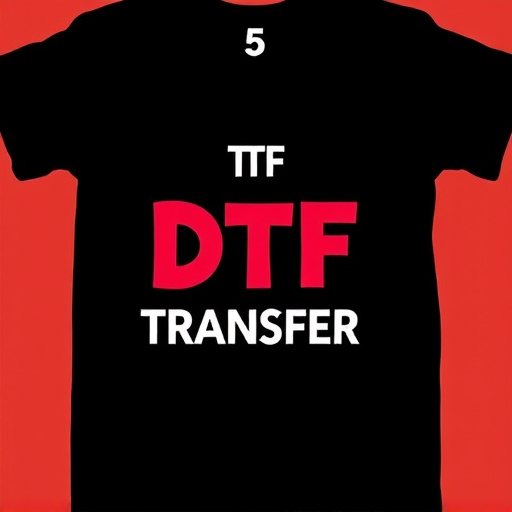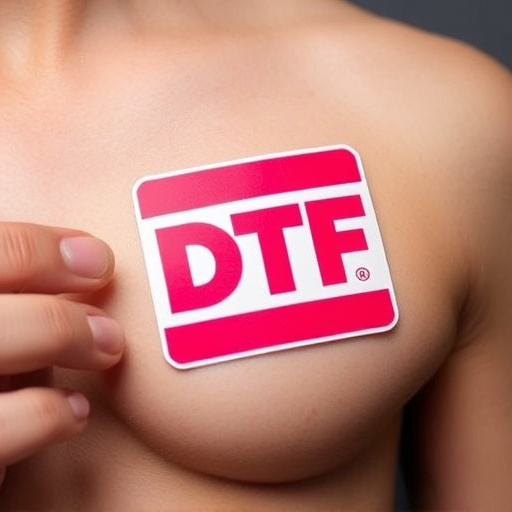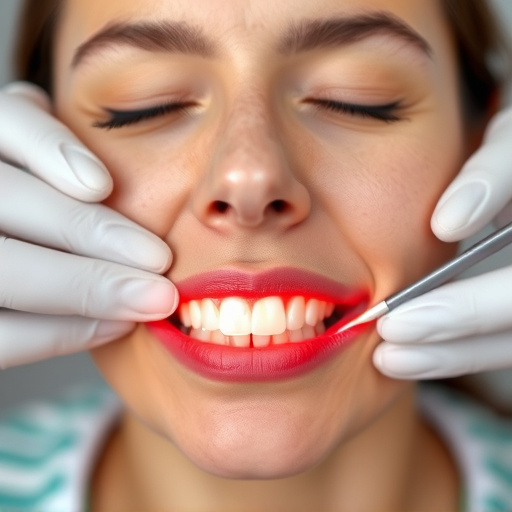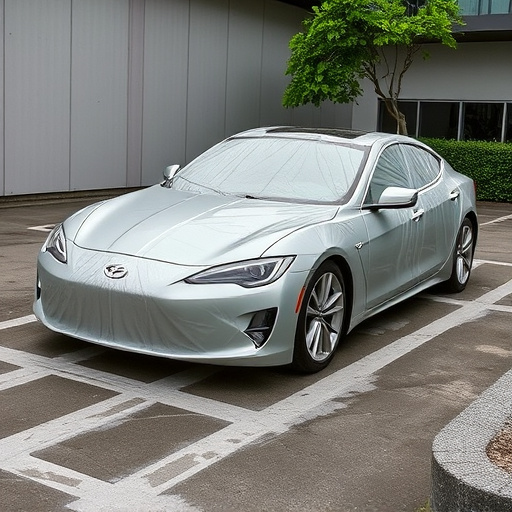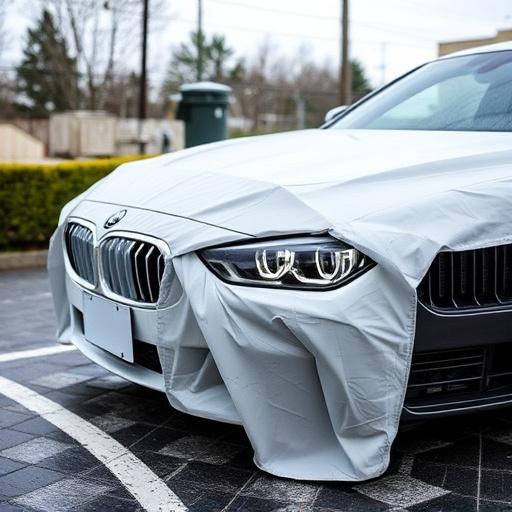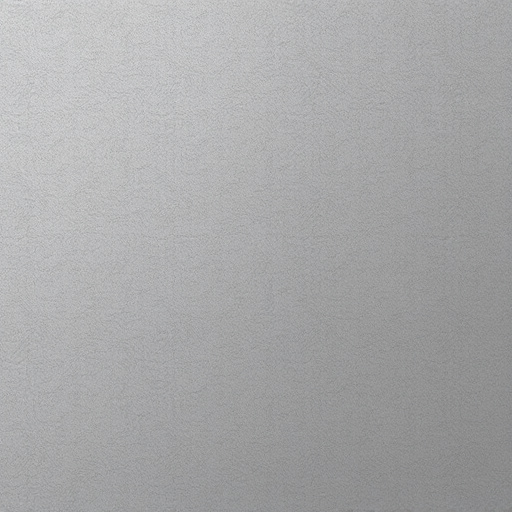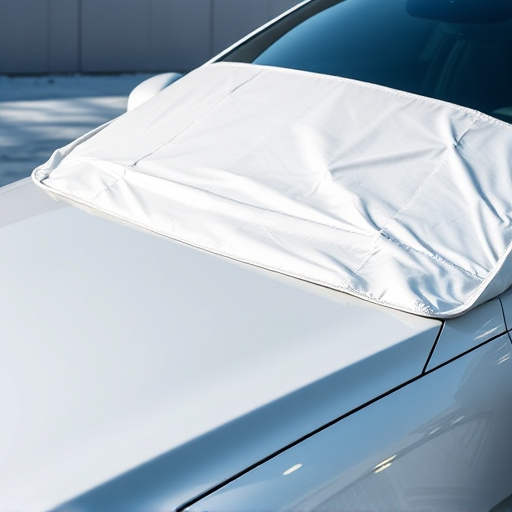Mirror protection films are a popular choice for safeguarding vehicle mirrors from scratches and cracks, enhancing durability, and preserving tinted mirror aesthetics. These films act as barriers against external hazards, reduce replacement needs, save costs, and minimize environmental waste. Specialized heat rejection and paint protection films are ideal for tinted mirrors, offering UV protection while maintaining light transmission. Proper installation requires paint correction with high-quality films meeting automotive standards for long-lasting protection without compromising mirror clarity or tint integrity.
“Uncover the secrets behind mirror protection films and their surprising compatibility with tinted mirrors. While these films are renowned for safeguarding reflective surfaces, their effectiveness on tinted glass has sparked curiosity. This article navigates the intricate relationship between these two, exploring the challenges and potential solutions.
We delve into the science behind mirror protection films and their role in enhancing safety and privacy. Understanding their limitations when applied to tinted mirrors is crucial, as we balance aesthetics with functionality. Get ready to explore strategies for optimal protection without compromising your vehicle’s stylish tint.”
- Understanding Mirror Protection Films and Their Purpose
- The Challenge of Tinted Mirrors: Can They Be Protected?
- Effectiveness and Considerations for Using Mirror Protection Film on Tinted Glass
Understanding Mirror Protection Films and Their Purpose
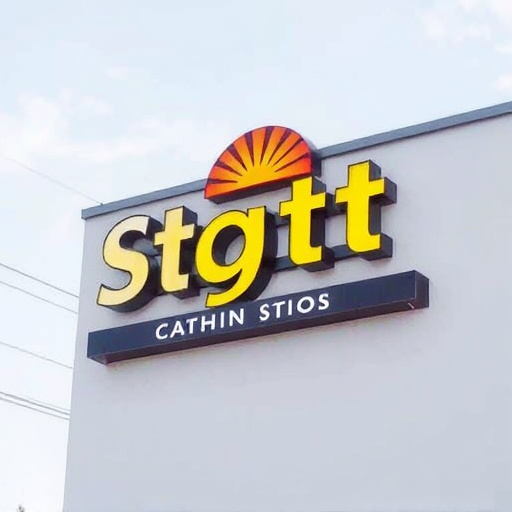
Mirror protection films have gained significant popularity as a way to safeguard vehicle mirrors from scratches, cracks, and other forms of damage. These films are designed to act as a protective barrier between the mirror’s surface and potential hazards, such as stones thrown up by vehicles ahead or debris from road works. Understanding their purpose is essential when considering whether they can effectively work on tinted mirrors, an increasingly common feature in car customization.
The primary function of these films is to enhance the durability and scratch resistance of vehicle mirrors, which are often made of glass or plastic. By applying a thin layer of high-quality film, the original mirror surface is protected from everyday wear and tear. For those who rely on tinted mirrors for both aesthetics and sun protection (a popular choice in premium automotive services), this protective layer can be particularly valuable. It ensures that the tint remains intact and reduces the need for frequent replacements or repairs, contributing to both cost savings and environmental benefits through waste reduction. Vehicle wraps, another form of car customization, often incorporate mirror protection films as part of their comprehensive protection packages.
The Challenge of Tinted Mirrors: Can They Be Protected?
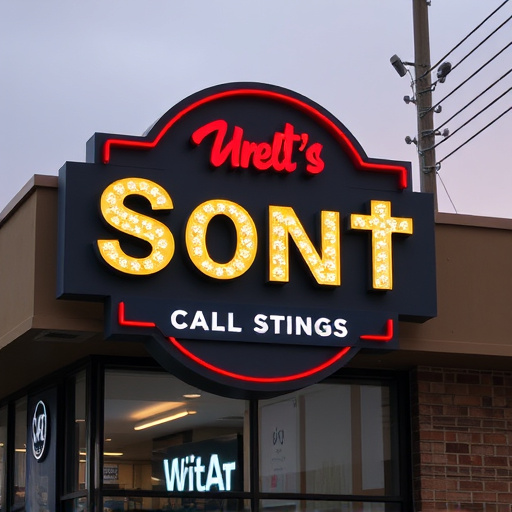
Tinted mirrors have become increasingly popular for both aesthetic and functional reasons, adding a stylish touch to vehicles and homes alike. However, this trend presents a unique challenge when it comes to protection. The very purpose of tinting is to reduce light transmission, often for privacy or to keep interiors cool—a feature that can make standard mirror protection films less effective.
Traditional mirror protection films are designed to safeguard mirrors from scratches, cracks, and UV damage. Yet, with tinted glass, the challenge lies in finding a film that not only protects against physical damage but also allows sufficient light passage. Heat rejection films, a specialized type of protective coating, offer a promising solution. These advanced films can block harmful UV rays while allowing visible light to pass through, ensuring both protection and clarity for your tinted mirrors. Similarly, paint protection film, another option, provides an extra layer of defense against chips, cracks, and fading, maintaining the integrity of your tinted finish.
Effectiveness and Considerations for Using Mirror Protection Film on Tinted Glass
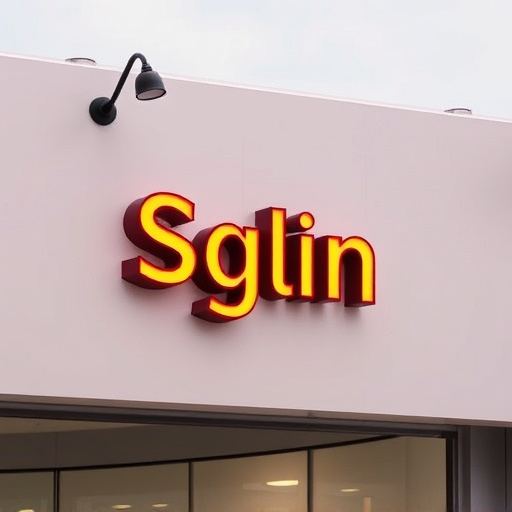
Using mirror protection film on tinted glass can offer several benefits for vehicle owners. These films are designed to safeguard mirrors from scratches, stains, and UV damage, which are common issues with tinted windows. Since tinted mirrors are more susceptible to damage due to their dark tint, applying protective coatings can extend their lifespan and maintain their aesthetic appeal.
However, when considering mirror protection film for tinted mirrors, several factors must be taken into account. Paint correction techniques might be required to ensure proper adhesion of the film, as tinted glass can have varying surface conditions. Additionally, not all mirror protection films are created equal; high-quality films with robust protective coatings will provide superior results. Vehicle protection is a key concern, and using reputable products that meet automotive standards ensures long-lasting protection without compromising the integrity of the tint or the mirror’s clarity.
Mirror protection films can be an effective solution for preserving tinted mirrors, offering a durable barrier against scratches and damage. While some concerns arise due to the unique properties of tinted glass, proper application techniques and high-quality films can ensure optimal performance. By understanding both the benefits and considerations, vehicle and home owners can make informed decisions about using mirror protection film on their tinted mirrors, enhancing their aesthetics and longevity.

